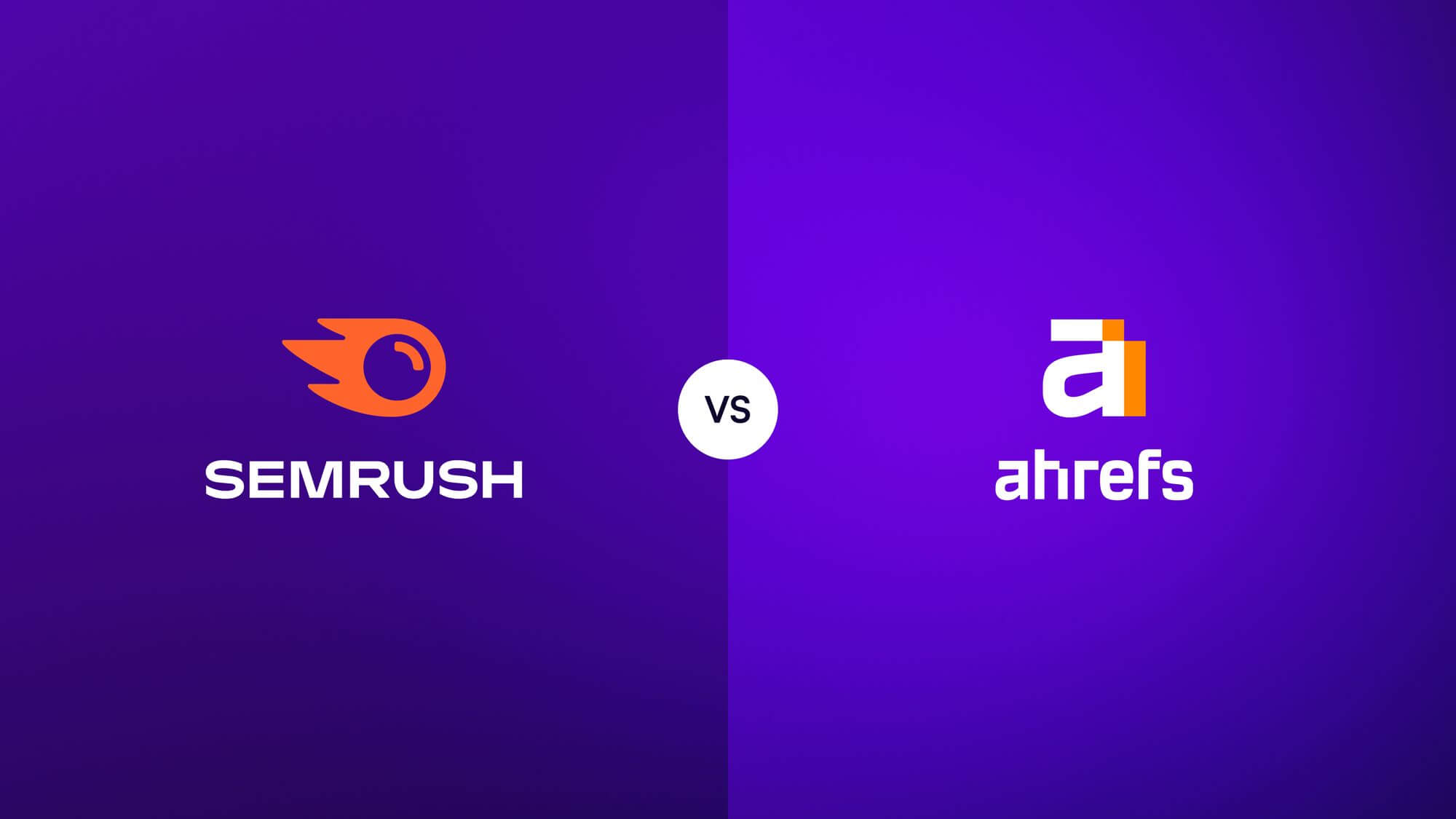Using Ahrefs and SEMrush to Build an SEO Content Strategy
Share

In today’s search-driven world, content doesn’t succeed by accident—it thrives through strategy. For brands that want to compete organically, a clear SEO content strategy is essential. But strategy doesn’t just mean publishing more blog posts. It means publishing the right content for the right audience, at the right time—backed by real data.
Two of the most powerful tools to guide this process are Ahrefs and SEMrush. Together, they offer everything from keyword discovery to content validation to performance tracking. This article shows how a fashion brand used both platforms to develop a monthly content strategy, resulting in a surge in organic traffic within just two months.

The Challenge: Creating High-Impact Content in a Crowded Space
The fashion niche is oversaturated. From online boutiques to influencer blogs to fast fashion giants, everyone is competing for attention on Google. The brand in focus had a clean website, stylish collections, and an active social presence—but their blog wasn’t driving much search traffic.
They had two main problems:
-
Content was being published without keyword intent or SEO structure.
-
Articles that did rank had inconsistent engagement and poor CTR.
Rather than guessing what to write, they decided to implement a fully data-driven approach using Ahrefs for opportunity discovery and SEMrush for planning and execution.
Step 1: Keyword Discovery with Ahrefs
The first step in the new strategy was identifying the right topics. Using Ahrefs' Keyword Explorer, the team searched for fashion-related terms like "casual summer outfits," "sustainable fashion brands," and "how to wear neutrals."
What they found were dozens of long-tail keywords with relatively low difficulty and moderate search volume—keywords big fashion sites weren’t yet dominating.
Ahrefs allowed them to:
-
Discover what questions people were asking about their products.
-
Filter keywords by difficulty, making sure they targeted terms with realistic ranking potential.
-
Analyze top-ranking pages to understand what kind of content was succeeding.
This process led to the creation of a master keyword list grouped into themes like:
-
Seasonal trends
-
Styling guides
-
Sustainable fashion education
-
Capsule wardrobe tips
Step 2: Content Planning with SEMrush
After building a list of viable keyword ideas, they used SEMrush’s Keyword Magic Tool and Topic Research features to shape those ideas into blog-ready content.
The brand used SEMrush to:
-
Validate keyword search volume and filter out seasonal dips or spikes.
-
Identify search intent—whether people wanted information, inspiration, or products.
-
Discover subtopics and related questions to structure each article.
-
Plan a monthly editorial calendar around both product launches and keyword opportunities.
They scheduled four blog posts per month, each focused on a different cluster of keywords and tied into product collections or seasonal themes.
Step 3: SEO-Focused Content Creation
With topics and keywords confirmed, the content team got to work. Every article followed core SEO best practices:
-
A keyword-optimized title and meta description
-
Proper use of headings (H1-H3)
-
Internal links to related posts and product pages
-
Original photos with keyword-relevant alt text
-
Word count between 800–1,200 words depending on search intent
Each post was reviewed using SEMrush’s SEO Writing Assistant, which checked for tone, readability, and keyword optimization before going live.
Step 4: Tracking Results and Iterating
The blog’s performance was monitored through both tools:
-
Ahrefs was used to track backlinks and keyword rankings.
-
SEMrush helped measure traffic trends, engagement metrics, and content health.
By the end of the second month:
-
Organic blog traffic had increased by over 50%.
-
Several new keywords were ranking on the first page.
-
One article reached a featured snippet for “how to style wide-leg pants.”
-
The bounce rate dropped and time-on-page increased, indicating better engagement.
Beyond traffic, the brand saw a measurable lift in product page visits from internal blog links, supporting both SEO and conversions.
Final Takeaways
The success of this fashion brand wasn’t about using just one tool—it was about using both Ahrefs and SEMrush in the right ways.
-
Ahrefs helped them discover valuable SEO opportunities through keyword and backlink insights.
-
SEMrush gave structure to their content calendar and ensured each article was optimized to perform.
Together, these tools transformed an underperforming blog into a key traffic and engagement driver for the brand’s e-commerce platform.
If your content strategy still relies on guesswork, consider following their lead: start with data, use the tools to your advantage, and build content that not only ranks—but delivers results.

Share

Keep me postedto follow product news, latest in technology, solutions, and updates
Related articles
Explore all


